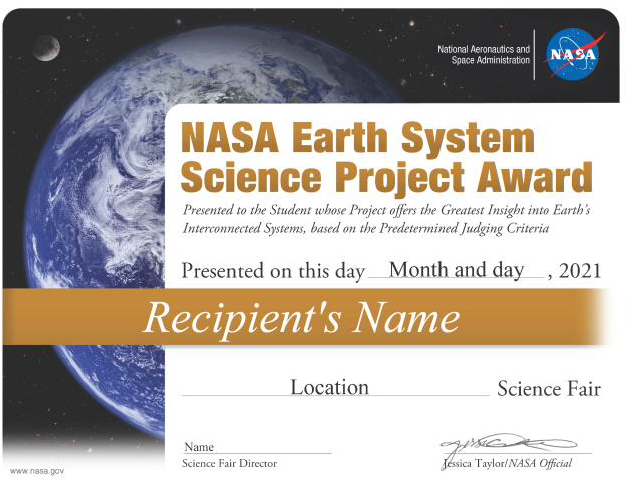In Earth System Science, underling factors affecting observable phenomena can be difficult to identify and describe. The Iceberg Diagram diagram uses the metaphor of an iceberg to demonstrate the idea of visible vs hidden as it relates to Earth science phenomena. This teaching strategy helps students to see beyond the obvious and to develop their awareness of the underlying causes, relationships, and/or conditions that can contribute to phenomenological events. It also provides a framework for digging deeper into phenomena-driven lessons in Earth Science.
Educational Resources - Search Tool
At the core of scientific visualization is the representation of data graphically - through images, animations, and videos - to improve understanding and develop insight. Data visualizers develop data-driven images, maps, and visualizations from information collected by Earth-observing satellites, airborne missions, and ground measurements. Visualizations allow us to explore data, phenomena and behavior; they are particularly effective for showing large scales of time and space, and "invisible" processes (e.g. flows of energy and matter) as integral parts of the models.
Students will analyze and interpret graphs to compare the flow of (shortwave) energy from the Sun toward China over the course of a year on cloudy versus clear days. Students will draw a conclusion and support it with evidence.
NASA Earth Observations (NEO) strives to make global satellite imagery as accessible as possible. Here you can browse and download imagery of satellite data from NASA's constellation of Earth Observing System satellites.
This video addresses the following question: "We know that the science you do is driven by the big questions around Earth System Science. Could you please describe how you shape the questions that you ask before, during, and after you have collected data, how do you initially look at these data to help explore your initial set of questions?"
This video addresses the following question: "As you look at a data set(s) that has been collected, could you help us understand how you use data visualizations to shape new questions to explore further in the data set(s)?"
This video addresses the following question: "As you think about how you use data visualization(s) to communicate your findings with others, can you describe how you refine the visualization(s) that you present to better support the story that you are sharing with the data visualization?"
This video addresses the following question: "We know that there are a number of ways that data can be visualized. Would you please describe your process for looking at the same data as represented by different graph types and how this helps inform your meaning making from the data?"
This video addresses the following question: "As you think about exploring the data that you have collected, what are the approaches that you use to organize your data and/or process your data before you make meaning from the data?"





 Grade Band
Grade Band
